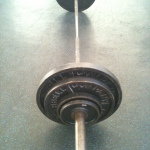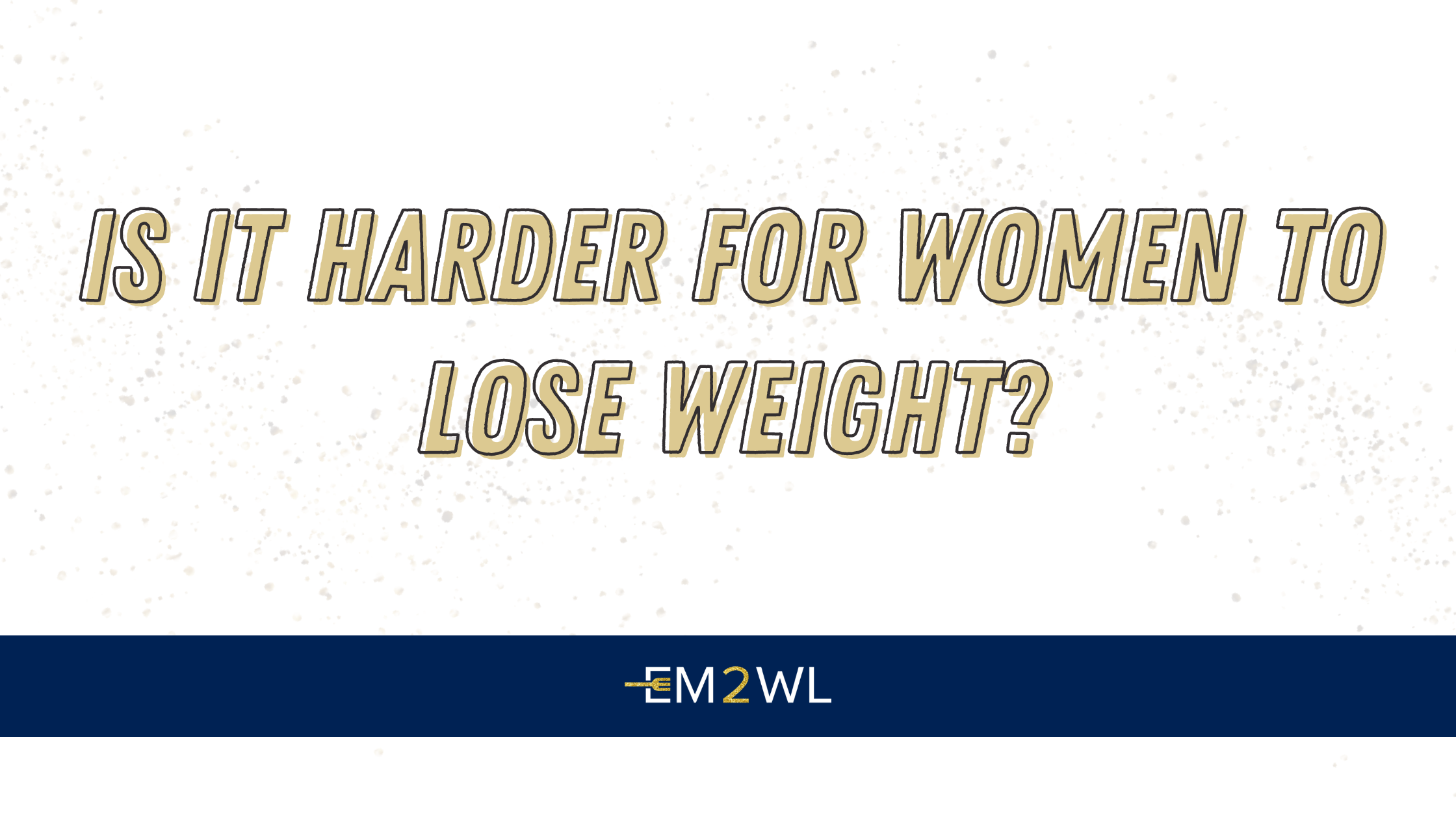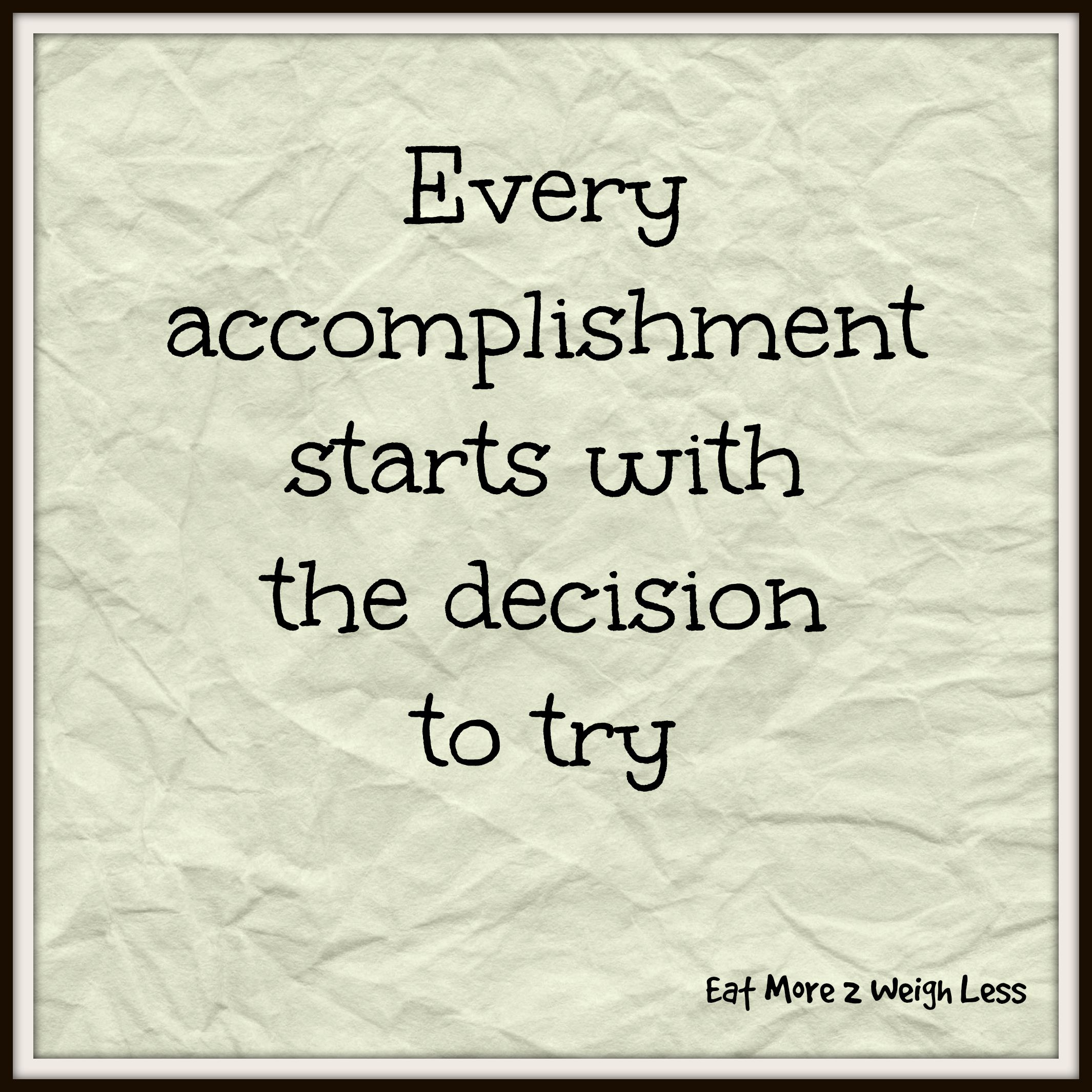So, you’ve finally made the decision to go through with a metabolism reset. You’ve had it with diets and excessive exercise and you are ready to make the necessary changes to get your body functioning properly again.
We are proud of you. That first step is incredibly scary. The road that you have ahead is not easy, but it is worth it!

Cardio…how much is too much?
One question that we get asked quite frequently at EM2WL is about the amount of cardio that is “permissible” during a reset.
We are all about moving your body in a way that is enjoyable and achieving your fitness goals. We would never tell you to give up something you love! Even though we are passionate about getting women to lift heavy weights, we know that many of our readers really enjoy cardio, whether it is training for a marathon, crossfitting, or gettin your groove on at a Zumba class. As long as you are making sure to match your caloric goals to your activity level, you should be able to continue to participate in the activities you love. Just make sure to incorporate some heavy lifting in there in order to stimulate your metabolism and build that fat-burning muscle.
Unfortunately, many people are not asking these questions because they love cardio, but out of a place of fear. They are afraid that if they eat all this extra food, and do not compensate for it with extra activity, they are sure to balloon up.
It’s important to remember that the goal of a metabolism reset is NOT weight loss. Our bodies need energy to function properly. Breathing, eating, sleeping, doing the dishes, lifting weights, walking the dog…these are all activities which require energy. We get this energy from eating food. If we are not giving our bodies the nutrients that we need, our bodies will respond by taking nutrients from some other source. At a small deficit, some of this energy will come from the burning of adipose tissue (fat) for fuel. However, at a very large deficit (whether that is created through exercise or diet), the body will begin to conserve metabolic energy.
The purpose of a reset is to slowly get the body accustomed again to eating an appropriate number of calories for your activity level. Its is fairly common to gain weight as you begin to up calories, but eventually, weight should stabilize. Just as the body was quick to make adaptations to the lower calorie level, the body will quickly bounce back to eating a consistent and appropriate number of calories. It is crucial to be patient, consistent and to trust the process.

You have kids, a job, housework, and bills. Don’t let your fitness goals become one more stressor. Enjoy the journey!
One goal of your metabolism reset is to give your body a chance to relax and remove some of the stressors placed upon the body by restrictive dieting and excessive exercise.
Cortisol is a hormone known as “the stress hormone.” In response to stressful situations, cortisol levels will increase. Despite the negative press it receives, cortisol is a good thing! It helps us through those “fight or flight” situations by increasing our pain tolerance, giving us a surge of energy, and conserving energy expended. If you are being chased by a bear, that extra cortisol will help you to run for your life. After these situations, cortisol returns to normal levels and the body’s relaxation process kicks in.
However, many different types of stressors which are not really “fight or flight” scenarios can also spike cortisol levels. Not getting enough sleep, a trying family situation, eating at a caloric deficit, and exercise all place stress upon our bodies and can trigger the release of cortisol. If many of these stressors are occurring all at once, cortisol levels remain high, and the body may respond by making metabolic adaptations.
Too much cardio can elevate cortisol levels, particularly when not enough calories are being consumed.
Many of our readers are already finding it mentally (and often, physically) challenging to increase calories to the level that will support a healthy metabolism. Doing excessive cardio is often a way to make them “feel better” about the increase in calories. However, this creates a caloric deficit which will not allow for the healing process to take place. Increasing activity will increase energy needs during your reset. If you are already uncomfortable with eating more, you will want to keep the cardio to a minimum.

On the other hand, doing some heavy resistance training during your metabolism reset will yield a number of benefits. Provided the calories are sufficient, a metabolism reset can provide an environment for building some quality muscle. Often switching the emphasis from fat loss to muscle growth can be very refreshing and empowering, and it gives you something else to focus on. A pound of muscle burns more calories at rest than a pound of fat, so focusing on building muscle now will help you tremendously when the time comes for you to focus on losing fat later!
The bottom line? Taking a break from the cardio (for now) will also allow you to receive the maximum benefit from this later when you proceed into a caloric deficit. But if you absolutely feel like you cannot live without it, keep those cardio sessions short and sweet and make sure that you are fueling those cardio sessions.
 Becca is a busy wife and homeschooling mother to five children ages 5 to 13. About three years ago, she embarked on a journey to health and fitness that resulted in the loss of approximately 100 pounds. Today, she is a competitive powerlifter and strongwoman who loves ice cream and deadlifts. As an ISSA certified personal trainer, she is passionate about helping women to get started on a lifestyle of strength and fitness.
Becca is a busy wife and homeschooling mother to five children ages 5 to 13. About three years ago, she embarked on a journey to health and fitness that resulted in the loss of approximately 100 pounds. Today, she is a competitive powerlifter and strongwoman who loves ice cream and deadlifts. As an ISSA certified personal trainer, she is passionate about helping women to get started on a lifestyle of strength and fitness.

Should you just do cardio to lose weight? How heavy is heavy lifting? Do "strength" DVDs count? What if you don't want to lift? Sign up now for in-depth info on strength training and fat loss. You'll also receive special vids and free workout plans to help you get the most from your time in the gym.
No worries, we hate spam too!
Discover more from Eat More 2 Weigh Less
Subscribe to get the latest posts sent to your email.





Recent Comments